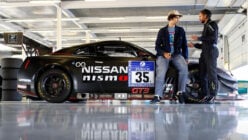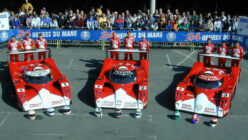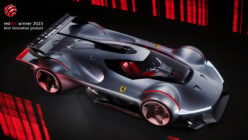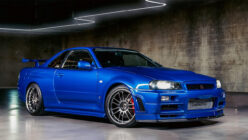Is bringing back a former nameplate acceptable? Ask an enthusiast this question and you’ll probably hear that it’s sacrilegious. But is reusing a moniker really an issue? We don’t think so — at least for the most part.
Let’s take a recent example, the Ford Puma. Last week the Ford announced it would bring the Puma back, but not as the quirky little coupe. Instead, the name will find its way onto the company’s newest compact crossover.
Fans of the original Puma were, obviously, very against the idea of the name getting slapped on a crossover of all things. But is Ford really off the mark here? Probably not.
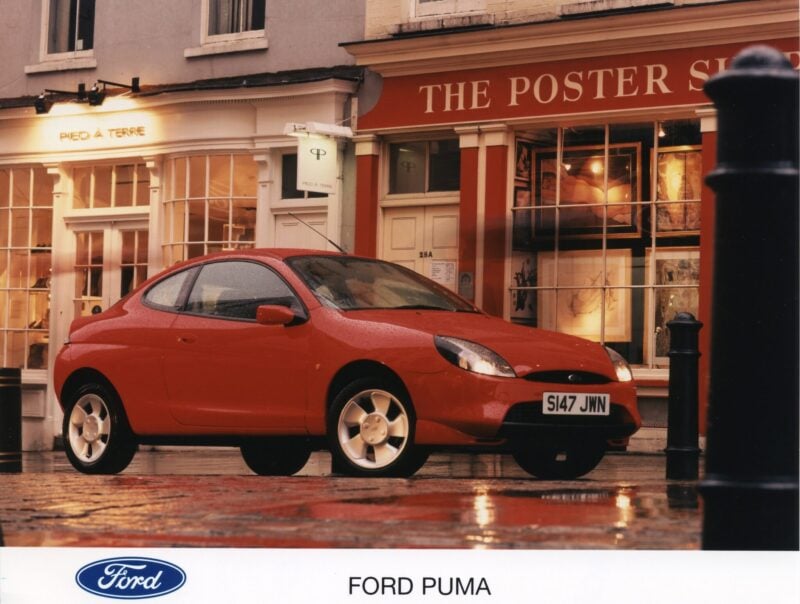
The original Puma was a small, Fiesta-based car that was fun to drive and aimed at a younger crowd. This new Puma uses essentially the same formula, just updated for the modern age. With crossovers being such a hot sector — so much so that Ford is essentially cancelling its regular cars in America — a small, fun-to-drive one makes sense. It even uses the Fiesta platform for its underpinning too.
Like the Puma, the Dodge Dart suffered the same ire from enthusiasts when it returned in 2013. However, like the case with the Ford, the anger is a bit unfounded. This is especially true once you dig into the history of the Dart.
Back in 1959, the original Dart took on the role of being a cheaper and smaller alternative to full-size Dodges. Sound familiar? Just like the original, the newer Dart served as a cheaper and smaller option under the Charger.
Yes, there are key differences between the two. But the new Dart died out before it ever got a proper performance version or even a second generation.

This is probably where we draw the line on what is and isn’t acceptable for a name resurrection though. As long as the new vehicle embodies the spirit of the original vehicle, reusing the nameplate works. However, if the new vehicle is nothing like the original, reusing the name seems lazy.
A prime example of this is the upcoming Ford Mach 1. In no way is an electric crossover even remotely close to any of the Ford Mustang Mach 1 vehicles of the past. Even the original 1959 concept Ford Levacar Mach 1 shares nothing in common with the proposed crossover. Well, unless the new Mach 1 plans on flying.
Luckily, with Ford filing for a “Mach E” trademark recently, it seems the Blue Oval has realized the old badge wasn’t necessary.
Same goes for the Mitsubishi Eclipse Cross, which is pretty far from a sport compact with a crank-walk problem and a driver who’s a fan of tuna sandwiches. Although, one could argue that it’s just as uninspiring as the fourth generation Eclipse was.

So why do companies insist on bringing back a badge from the past? Well, brand recognition is the primary reason. People connect certain vehicle names to certain brands — even if they’re not interested in anything automotive — all thanks to advertising.
There’s also licensing to consider as well. If a company already owns the rights to a name, it doesn’t need to spend additional money to trademark it. The company also eliminates the risk of inadvertently infringing on an existing trademark too, which could end up costing millions.
Finally, by resurrecting a defunct name a company pretty much guarantees the vehicle will get press. Car magazines, blogs, and videos will all talk about the rebirth of the nameplate. Even if its negative press, it still gets the company’s product in front of millions of eyes to see for little to no investment. Remember there’s really no such thing as bad press.
So where do you draw the line for a badge resurrection? Or is it never acceptable? Jump over to our forum and sound off!
See more articles on Ford Puma and Opinion Piece.


